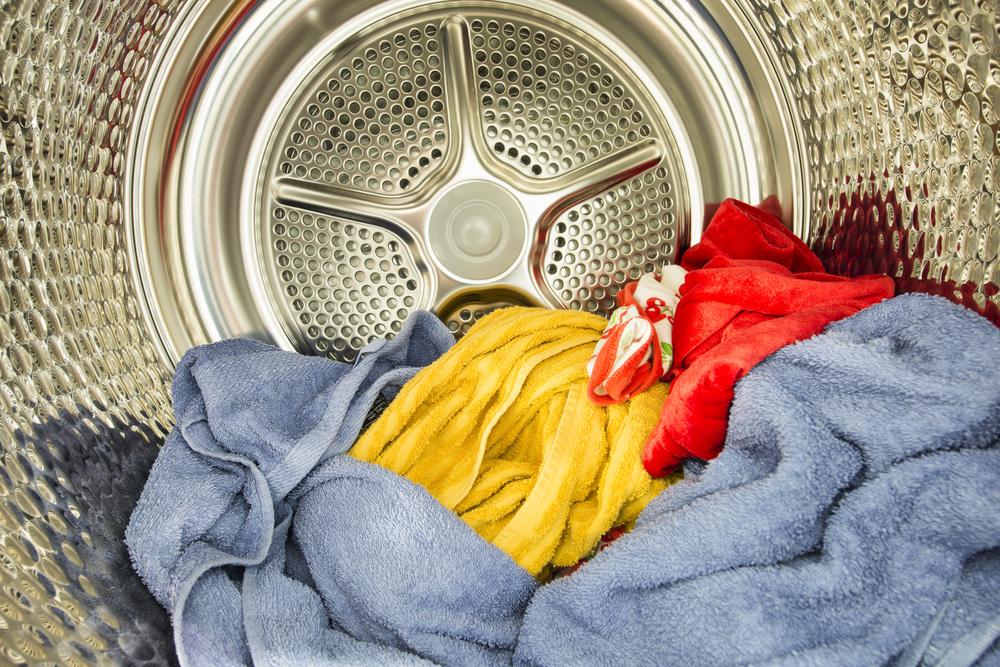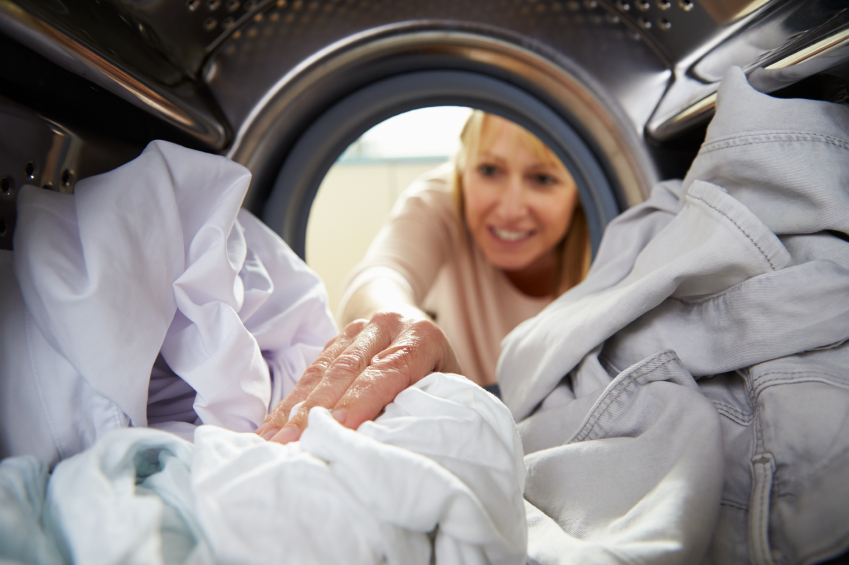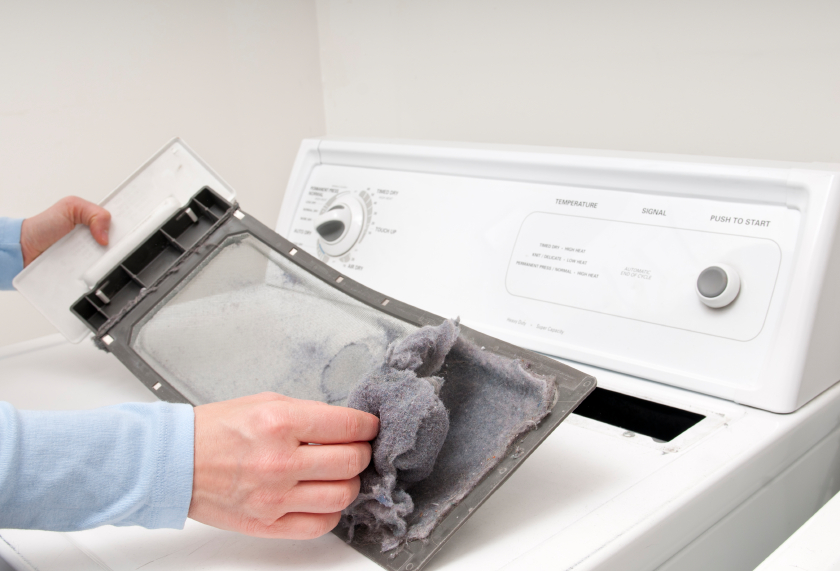Dry Wisely
Clothes dryers use more energy than any other appliance on average, even your refrigerator. Follow a few simple tips to save money and extend the life of your clothes.
Your Impact
Action Steps & Tips
Introduction

You may not think much about how you dry your clothes, but there are a few easy steps that can make a big difference! Being smart with your clothes dryer saves energy and money and can extend the life of your clothes.
It's simple. No need to buy or install anything, just take a few minutes to review your dryer's settings and follow the smart tips below.
1Consider washing less
Did you know many people actually over wash and over dry their clothes? If your clothes have only been worn once, they might not need to be washed. Here's how often to wash certain clothes, according to Consumer Reports:
-
Sheets. At least every two weeks, more often if you sweat a lot.
-
Pajamas. After 3 or 4 wearings (if you shower before bed, you may get a few more).
-
Towels. After 3 or 4 normal uses, or more frequently if you play sports.
-
Socks and underwear. After each wearing.
-
Bras. After 2 to 3 wearings.
-
T-shirts, tank tops. After each wearing.
-
Dress shirts and pants. Can be worn a few times before washing unless you are sweating or they are visibly dirty.
-
Jeans. Can typically be worn 3 times or more before washing.
2 Spin, fill it up & dry just enough
Spin it! Wetter clothes means longer dry times. Make sure your clothes washer completes the spin cycle to remove as much water as possible.
Fill it up. Drying full loads makes better use of the energy used for drying. Resist running the dryer with only your favorite socks in there. But also don't stuff the dryer too full! Very large loads don’t dry efficiently. Check your dryer manual for recommendations on the right load size. You can also save energy by drying similar types of clothes at the same time. Try drying two or more loads in a row to take advantage of the dryer's retained heat.
Dry just enough. If your dryer offers a "less dry" setting, choose this option whenever possible. For most dryers, this setting will dry the clothes 95% and your clothes will feel dry. This saves energy and is better for your clothes. Using the low heat setting also saves energy. It takes a bit longer to dry your clothes but will save money on your bill and reduce wear and tear on your clothes.
See if your dryer knows when to stop. Finally, check to see if your dryer has a moisture sensor. A moisture sensor tells the dryer when your clothes are dry and when to stop. If not, your dryer might be over-drying your clothes by as much as 20-30 minutes. Check your dryer manual or search for your manual online with your dryer make and model number.
If you don’t have a moisture sensor, check your dryer loads 20-30 minutes early and stop if they are dry. Also, consider upgrading to a new dryer. Learn more on the Upgrade Clothes Dryer action.
Post a Note. Once you figure out the best tips and settings for your dryer, post a note and share the information with others in your household!
3Maintain your dryer
Maintaining your dryer helps keep energy use and costs down. First, empty that lint trap every time! Also clean the filter regularly to improve air circulation and for safety. Make sure your dryer is vented properly. Check your dryer’s manual for more information on maintenance. Finally, if possible, install your dryer in a heated space to keep it from having to work extra hard to heat up and dry your clothes.
Extra Credit - Line Dry Your Clothes: Consider skipping the dryer and line dry your clothes! Line drying extends the lifetime of clothes and is a great way to save energy and money! Check out the Line Dry action.


